
(Chelsea Update would like to thank Tom Hodgson and the Waterloo Natural History Association for the information in this story. Publisher’s note the information in the cutline of the closed or bottled gentian was incorrect and has been changed.)
Hidden among the profusion of daisy-like fall asters are three truly beautiful and unique fall wildflowers. They all like to have their feet wet, and are therefore found along the marshy borders of area lakes, streams and in local fens.
Their common names are very descriptive.
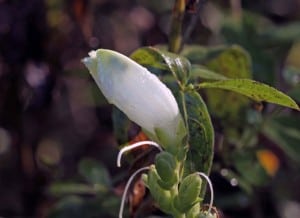
Turtlehead
The turtlehead is appropriately named as each of its blossoms resembles the head of a turtle. Flowers of the wild plant are usually white, but there is a bright pink variety that has been developed for the flower garden.
Turtlehead is the primary food plant for the larvae of the Baltimore checker spot butterfly. The blossoms are good nectar producers, and are also late summer attracters for the ruby-throated hummingbird. Turtlehead blooms from August through October. Good places to see turtlehead are along the shores of Mill, Cedar and Doyle lakes in the Waterloo Recreation Area.
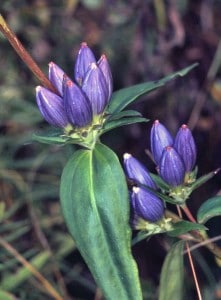
Gentian
Fringed gentian is thought by many to be one of the most beautiful of all Michigan wildflowers. It truly poses a dilemma for nature photographers. Early morning light and cloudy days provide the best light for wildflower photography. Unfortunately, the blossoms of this delicate wildflower only open in bright sunshine.
However, the blossoms are impressive even when they are closed. Fringed gentian is a biennial plant. It sprouts from seeds its first year, but produces no blossoms. It blooms the second year, produces seeds for succeeding generations and then dies.
The blossoms of closed or bottle gentian resemble hand-blown, blue-glass, bottles. They never fully open, but provide pollinating insects access through their tips. Both of these gentian species are currently in bloom along the wetlands adjacent to Mill Lake in the Waterloo Recreation Area.
The closed gentian is a perennial plant, sprouting root stocks and blooming every year. The fringed gentian is also found in several isolated fens in the park. We are so fortunate to have this wonderful nature-lovers playground in our community.
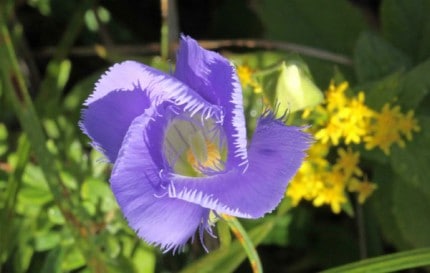








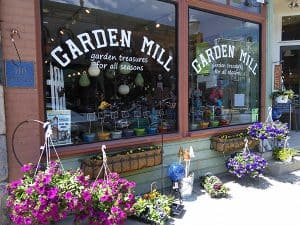





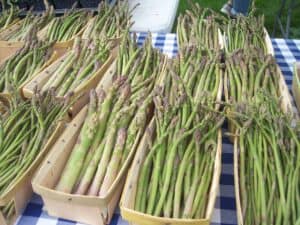




Three? Or two Fall Wildflowers?
Did I miss the last paragraph of this story?